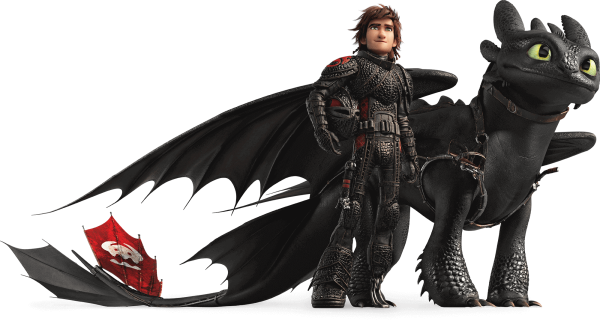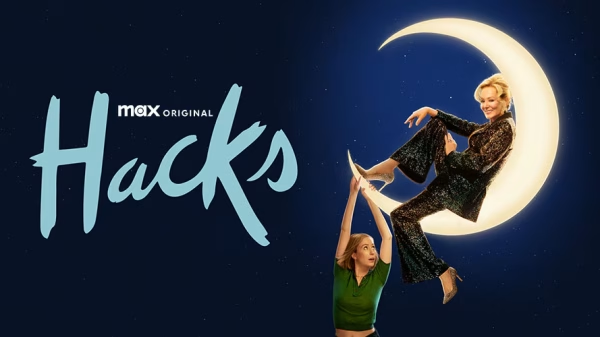Sinister surprises: Dissecting anatomy of jump scares
Think of a typical horror movie.
You’re probably imagining a dark and suspenseful scene. Perhaps a babysitter alone in a house, or teenagers wandering around a summer camp.
Tension grows, the music kicks in, and just when you expect a scare, there is none. You let out a sigh of relief.
But then, out of nowhere, a masked killer pops out with a loud startling sound cue.
Jumpscares are one of the most common things to be included in and associated with the horror genre.
Many people tend to write off the jumpscare as a cheap tactic to get a quick reaction out of the viewer, but if you examine the jumpscare’s history, origins, and anatomy, then you’ll find there’s much more beneath the surface.
The very first jumpscare to appear on the silver screen can be found in the 1942 film, Cat People. In the scene, the main character, a woman named Irena, thinks that her fiance might be cheating on her with another woman, and decides to follow the woman home.
Tension rises as Irena moves faster and faster in an attempt to catch up with the woman, and just when audiences think she’s reached her, a loud bus suddenly pulls up.
Producer Val Lewton came up with the idea, which then became so infamous that an entire type of jumpscare was named after it– the Lewton Bus.
The Lewton Bus technique is a style of jumpscare in which a film builds tension only to startle the viewer with a sudden cut to something completely harmless.
While jumpscares as a whole didn’t immediately rise to popularity, many films we now consider classics were inspired to use the same tactic to scare their audiences, such as Night of the Living Dead, The Exorcist, and most of Alfred Hitchcock’s films.
These films, inspired by Cat People’s Lewton Bus, are what truly incited the rise in jumpscares that we see in modern horror films today.
Contrary to what most people who dislike horror believe, there are certain elements that build up a good jumpscare.
First, a good setup. Directors need to find a way to build suspense with the viewer and keep them on the edge of their seat.
Second, a subversion of expectation.If a jumpscare is played at a time where the viewer is expecting it, then it will cause less of a reaction.
Third, a creative payoff. If a movie simply startles the viewer with a fake-out or a loud noise, they won’t feel satisfied by the relief of the tension, and will instead just feel annoyed that such an unimaginative scare got to them.
Many film directors, especially modern ones, tend to ignore this last step, giving jumpscares a bad reputation despite there being a lot to be said for a good, creative scare.
One of my personal favorite uses of the jumpscare is in the film Sinister, particularly the lawnmower scare.
The setup for the scare is as follows– the main protagonist of the film, Ellison, played by Ethan Hawke, moves his family into a new house in Pennsylvania. Unbeknownst to the rest of the family, a series of brutal murders occurred at the house, and Ellison intends to profit off of this by writing his new book about his experience living in the haunted home.
While going through the attic, Ellison finds a box of tapes, each showing a different murder that happened at the house.
He takes one out and plays it.
The tape starts off unsettling, but normal.
It’s a perspective shot of the person behind the camera mowing their lawn in the middle of the night, the entire shot dark except for a light where the camera is focused. This goes on for several minutes, before suddenly, a tied up person comes into view of the screen.
Ellison quickly removes the tape, and while the audience doesn’t see anything graphic, the creative setup and payoff combined with the excellently disturbing sound design still makes a huge impact.
This scene is so uniquely horrifying that Sinister has been considered one of the scariest movies ever made scientifically, with audiences heart rates going up exponentially compared to other movies, such as The Conjuring and Paranormal Activity.
But, alas, where there are good jump scares, there are also the awful ones. The ones that give jumpscares and horror in general a bad reputation.
One of these is the jumpscare at the end of Unfriended.
The basic plot of the film is that the main character is on Skype with her friends and the ghost of a girl they once knew haunts their call and forces them to play a deadly game for revenge.
At the end of the film, when only the main character is left on the call, it pauses on her screen for a moment, before she shuts her computer and the scary ghost girl jumps out from behind it.
Unfriended as a whole isn’t a revolutionary or even particularly good film, but this moment alone kills the tension and mystery amassed throughout it’s runtime.
By revealing what the ghost looks like, directors took away the mystery of an unseen tormentor. There isn’t much buildup for the moment either, it’s just a cheap, impractical jumpscare because the writers couldn’t come up with another idea to end the film.
The overuse of bland, uncreative jumpscares is mostly likely a reason why the film has such boringly average ratings, with a score on IMDB of 5.5/10.
While many people may write off jumpscares as a cheap tactic to startle the audience without having to put any work into coming up with something interesting or actually scary, there are ways that it can be done well… and sometimes poorly.
By entirely dismissing the jumpscare, many people are ignoring the amazing work and creativity that goes into coming up with a good setup, creating suspense, and perfectly timing an excellent payoff.
A common criticism of the horror genre is it’s use of tropes and overused tactics, but films like Sinister prove that there is a way to use common tropes like the jumpscare in an inventive way that breathes life into something that has been done so many times before.
Your donation will support the student journalists of Bryan High School. Your contribution will allow us to purchase equipment and cover our annual website hosting costs.





